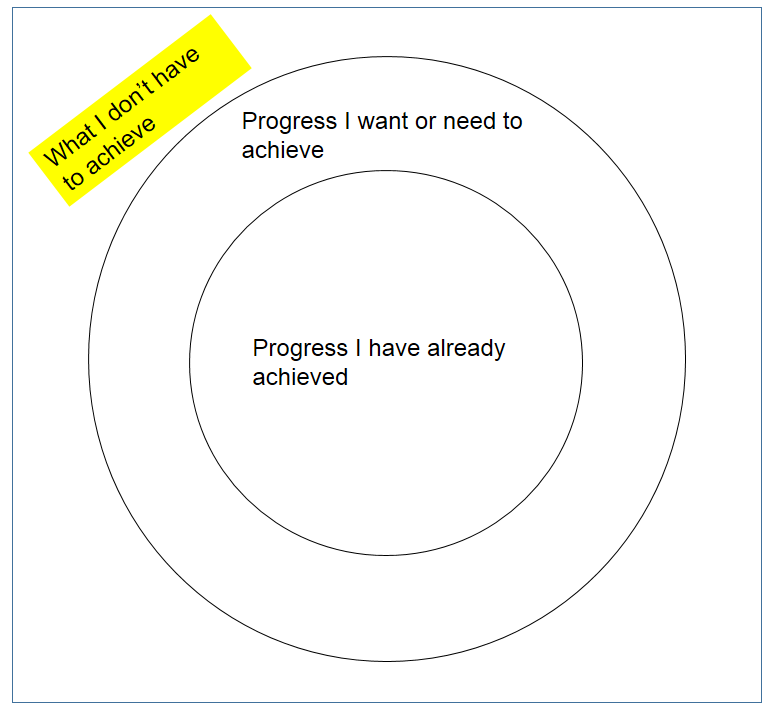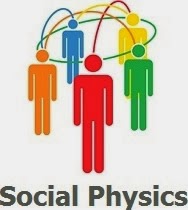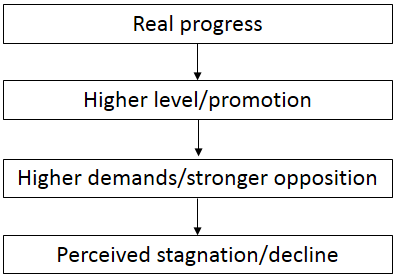Are progress-focused skills just conversational tricks?

In a recent training group I had been teaching participants about several progress-focused techniques such as the NOAM 7 steps approach , the progress-focused circle technique , the positive no technique , and progress-focused directing (which is a way of making your expectations clear in a motivated and constructive manner). On the second day of the training, one of the participants made a remark which was something like this: "First of all, I really find all of this interesting and useful but I am wondering about something. If both we employees and managers learn progress-focused skills aren't both parties just becoming better at conversational trickery? First my manager will try to make a clever formulation to try to get me to do something and then I will counter that will some clever formulation of the positive no technique. It feels just like we are just applying tricks? I just don't think we will still be able to be honest and spontaneous!"



